When do you first remember thinking of yourself as a designer/artist? How did you end up doing what you do today?
I’ve never been comfortable with either term. I’m not really interested in the problems or role of an artist, so I’ve come up with using xDesign – experimental design –, which is really what I’m interested in: I explore technologies for their opportunities for social and environmental change. There are some really interesting things about an artist, however. Particularly in a techno-scientific context, no one trusts an artist, no one believes an artist. Artists have no authority, artists don’t get paid. So when it comes to complicated technical, political, social or environmental issues, the artist then stands in for the everyman. Not having to set expectations about expertise I think is the greatest advantage of saying “artist.” And also accountability: artists are not doing it for a job, which very much differs from designers in that designers do it for money. They call that prostitution, right?
Designers don’t form the problem; someone else forms the problems for them. Designers the little problem solvers and artists that no one will pay to do anything … As an artist, you really have direct accountability for why you’re doing something and do the problem forming and the problem solving. Working as an academic it’s a similar thing: it’s your authorship, you’re responsible for how good the data is, how the data is analyzed, what you do with it, how you make sense of it.
I went to engineering school because I thought, “Ooh, I’ll get to build stuff.” That’s what you do in engineering school. You have problem sets and you make algorithms and you put yourself ahead with a two-by-four. As opposed to really thinking “This is an important and interesting problem and it’s worth me spending time working on and thinking through.” No one asked me to do that. The role of what I call xDesign is very much in the tradition of experimental film, which is not about formulaic Hollywood success designed to make money and pay a lot of people, but is about finding ways to explore and understand and think through all kinds of material.
What I do is socio-ecological systems design. That’s what I care about, that’s what I think about. I’m not really interested in art for art’s sake, but I do subscribe to this idea that life is art, art is life. So I’ve done a lot of work in the tradition of institutional critique to reframe and give a framework for what it is I do. In order to avoid preconceptions about what an artist or designer or engineer or technologist is, I’ve developed this framework called the Environmental Health Clinic, because everyone agrees about health being a good thing. There are a lot of people who are anti-development, pro-development. People who are are anti-free market, pro-free market, anti-globalization, pro-globalization. All these issues really produce polarizations, but there’s no one anti-health. There’s no one who says “Let’s make sure everyone’s collective environmental and human health gets worse.” That’s just not a viable position. It’s a way of creating a shared goal that we can agree on because you’ve got to have some form of creating consensus. Everything I do has its own particular rationale, but also must improve environmental health, as the environmental commons is fundamental to what we’re about. And I think technology is part of the environmental commons.
What excites you about being a designer/artist? Why do you keep doing it?
I’m trying to produce spectacles in order to create a shared public memory of a possible future. I investigate, I test, I figure out the social and environmental opportunities for change that new technologies provide. That’s a very open ended problem because technology is always moving, always providing new opportunities.
What really keeps me going is pleasure and wonder. My foray into hacking food and food systems that I’ve been doing recently is because it’s a participatory medium: we all eat, and we often do so driven by pleasure and wonder. My foray into flight and flight systems is because I’m fascinated with the magic of flight and I think that we all know that wonder. I’m fascinated by complex technical systems and find pleasure in figuring out how to use these technical opportunities for finding some interesting and specific and wonderful opportunity.
I think what has driven the last thirty years of environmentalism is strategically exhausted: the idea of suing deep pockets, suing the big polluters. The real fear of what we’re doing creates an urgency, but it also creates a sense of hopelessness and despair. What I’m very interested in – and what to me is pleasure, wonder, fascination –, is the irreducible complexity of natural systems. That’s what drives me.
What do you think is your most important skill, and why?
I think it’s query driven. All I do is ask questions: “How can I use this to do this?” or “How can we improve water quality?” Asking good questions is a fundamental skill and I would argue that it’s the way to cut through a lot of disciplinary divides. Intellectuals I admire have just asked generally interesting questions. It’s something you develop over years and years and years and I’m hoping to move towards mastery of this skill to ask questions clearly and simply.
Tell us about the community you're working in.
My effort is to define the Environmental Health Clinic framework as a way for anyone to come in as an inpatient and collaborate and co-produce a project, which might also be their own experiment. That’s a way to collaborate.
In the arts community it’s invaluable to work with curators and arts administrators who know how to facilitate and frame things so they are digestible. These arts producers are a creative and incredibly entrepreneurial community of people. They make things happen with one thousandth of the budget of corporate movers and shakers and with so little support and so many obstacles. That’s a really invaluable community to me in terms of sheer production skills. Business people get all this credit for being entrepreneurial, even though everything’s in their favor. They get paid huge salaries to do the obvious thing. Whereas arts producers often start with zero support, a great deal of skepticism, no funding and no teams – and they can have a cultural impact in that way.
Then the students who come in very much through the Environmental Health Clinic framework. And also my academic peers: I’ve known a lot of these people for twenty years and in a way that’s a long term community of practice. We have radically different practices but often similar questions and processes.
In what ways does working within a community influence your work?
I feel accountable to them. What’s different about working in an arts context compared to a science context is legibility issues. In technical and scientific communities you have to be legible to that specific community and there are formats, and ways to cite, and developed standards of evidence, and ways to look at things. I learn a lot from these peers in the arts world where you’re accountable to a public, which is much more amorphous. In an anonymous peer review you know who those people are because those communities are small and you know who everyone is. Whereas when you produce an exhibition for diverse people that’s a completely different legibility requirement.
What role does collaboration with others play for your projects?
It’s critical. I have this saying that credit must be widely shared, no matter what, but blame must be tightly focused.
What do you wish to achieve with your work?
Improvements in environmental health, improvements in biodiversity, engagement through wonder and pleasure and fascination.
What do you think you can actually achieve with your work, where are the limitations?
Constraints are enormous and trying to get anything done and trying to actually really change the condition of the world … enormous. With our work we introduce technical issues and by that basically scare most of the population away. As soon as you start talking about scientific or technical issues and ideas – and particularly how they are political –, it intimidates people and is very anti-participatory. Science tends to act as an authority, it’s “Scientists say it’s global change.” No one says, “Artists say that …” Science has an authority that tends to dissuade people from asking their own questions.
With my OneTrees project I wanted to understand a multi-parameter space with many people asking many interesting questions. “Why do the birds land in that tree, not that tree?” or “Why do these trees look different?” Real intellectual power comes from being able to access the diversity of human intelligence that is asking different questions that I could never have thought of, even though I designed the experiment. It’s people recognizing different things and interpreting them that gives us this robust understanding. It’s not, “I have comprehensive knowledge of how these trees are growing,” but that we can develop an understanding because we’re all asking radically different questions and in that way triangulate on an understanding.
It’s an anarchistic approach to knowledge production, which I feel is powerful. What prevents us from really accessing that intellectual power is authority. Most people don’t think they can make a truth claim or have authority. This whole idea that experiments are the realm of professional scientists requires that each one of us have a skeptical waiver to explore and understand independently and that’s a big constraint.
How has your work changed over the years? How did your goals change?
My work has radically transformed. I’ve always been interested in tangible and physical computing ideas, which is now called the Internet of Things. I did a very early piece called “Live Wire” to visualize network traffic. It basically plugged into the local area network and it just wiggled a string when there was data traffic. When there was more, it wiggled more, and when there was less, it wiggled a bit less. That was back in ’94, when the Worldwide Web was just around and Mosaic was the browser and no one understood what this Internet actually was. So to materialize that data was interesting and really important.
What I’ve moved from is the idea that understanding and representing data effectively is a good thing, I now care less about that. What I really care about now is how that informs action.
My first neuroscience work was on mapping the entire olfactory cortex of the immediate early gene expression in rats, which became a small part of the rat brain atlas. For the visualization I did for a Master’s degree in visualization I was looking at the temporal bone and the auditory cortex. I used data from cochlear implants and from histological slides of the same area to build complex 3-D models. I spent a year and a half on this and I thought, “Wow. This is really going to change things,” because it’s a very complex bone and the surgeons have to navigate it to put the cochlear implants in and the neuroscientists are really into the anatomical structure. I thought, “Okay, I can take this CT scan data and I can take this histological slides data and create a better understanding.” More is better, right? Wrong.
In my model, the neuroscientists were saying, “I’m glad she’s doing that,” but they would continue to look at their histological slides because they knew how to read that. And the surgeons would continue to look at their CT scans slice by slice because that’s how they develop their literacy. With the 3-D model they could cut and twirl and do all these cool things, which was nice, but was used mostly for one reason: to show to potential students and to journalists and to funders. It was shown to the naïve because it really looked cool and high tech – and yet it’s not what the experts really used. So, being able to visualize things in new and interesting ways was not built on the literacy traditions of that practice and their long term commitments to understanding things.
This is why my work has very much shifted into how we use the data. I think it’s necessary – but radically insufficient – to produce a visualization. It’s important how you then act on that knowledge and use the data and the visualization to validate your theories. The most useful metric I used to measure the success of a project was the appearance of Aaron’s Skipper. This butterfly is critically dependent on the sage grass that only grows in particular brackish water and I knew that if the animal volunteers to be there, then I’ve done a good job. All of the water quality measurements and real time monitoring gets integrated into the autonomous decision of this butterfly to be there. This is legible for everyone. I can show people water quality data and they couldn’t care less – even if it were a beautiful visualization. But to have a butterfly as a metric – or what I would call visualization – is much more believable than an EPA person saying, “The water quality’s good, we’ve done ecological restorations.” It’s the independence of that butterfly, it’s autonomy, it’s agency to say, “I’ll hang out here” that really validates what I’m trying to do.
That’s the kind of measures and representations that I’m looking for now. I’m not really interested in data literacy or even the politics of data anymore. I’m interested in fluency: being able to use the data to really act and change the world and to know that – even within this context of irreducibly complex socio-ecological systems – there’s always incomplete information. We can do something, we can make it good. Because if I know it’s good for the butterfly, it’s good for many other organisms and it’s good for you and it’s good for me – and environmental health is at stake. The capacity to find legible representations like that is really what has shifted in my work. And the belief that somehow an image by itself will lead to action, we know that’s just not true … We have all the information we need about global warming and it hasn’t led to much action. So I think it’s about changing who produces the evidence, how it’s represented, how it’s interpreted, where, why. It’s not just about beautiful visualizations, it’s about how that couples into producing viable, doable actions that can aggregate into real systems change.
If you had the chance to tackle a really big problem our society is confronted with, what would it be?
Structuring participation in social and environmental change is important to me. I don’t think there is one big problem, I think it’s a complex – irreducibly complex – set of many interrelated issues like how do we produce food or how do we use technologies. Therein we have some power to experiment with our own lifestyles, to figure out how we can structure participation and produce a desirable future. A desirable, biodiverse future.

